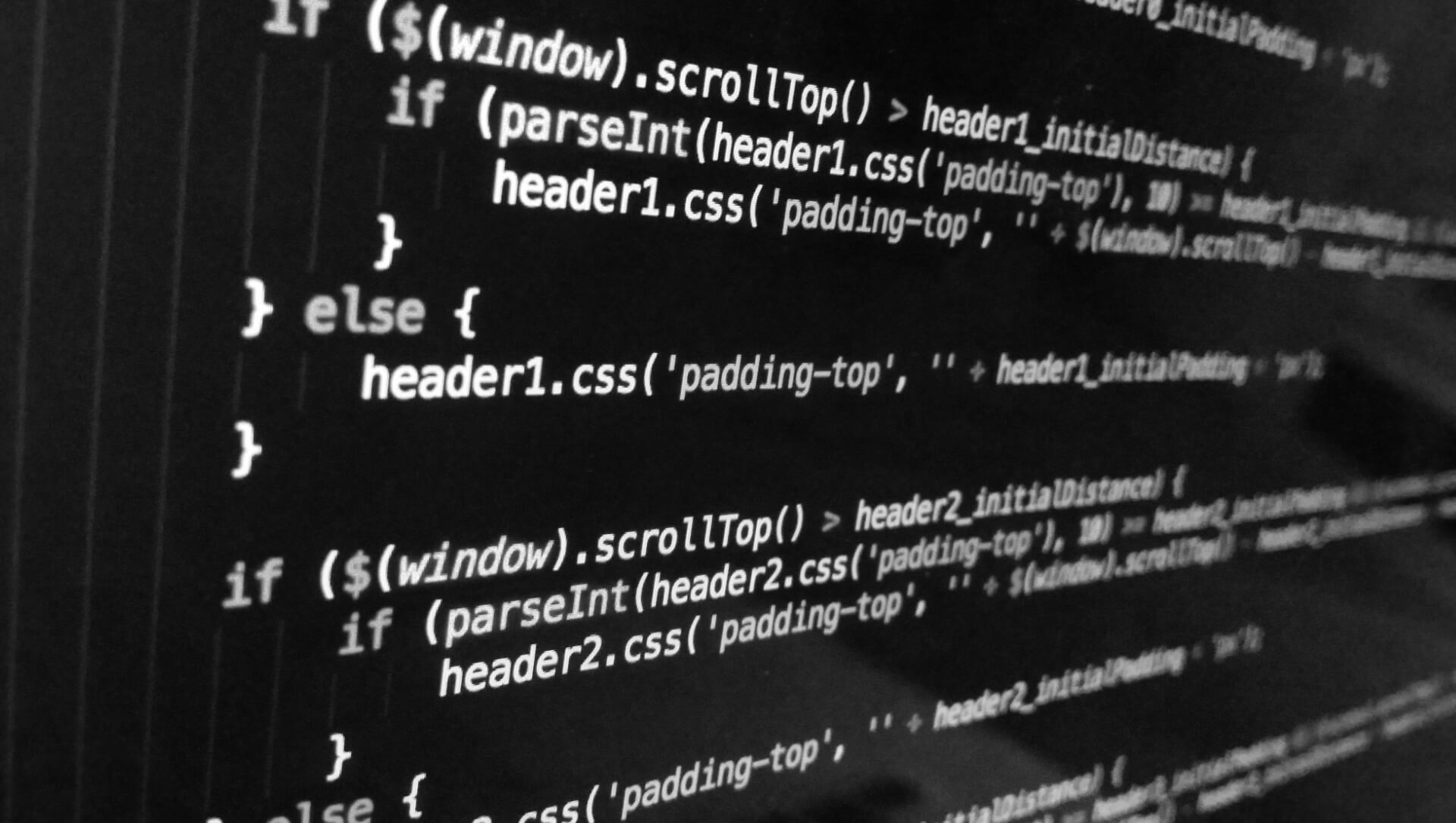Keeping in mind that the optimal solution to a problem is always unique among many non-optimal ones, the solution to the energy crisis problem lies also at only one of the three levels listed above. Obviously, we cannot use social measures in solving this problem, since they are too nominal, too lifeless for it. Eternal measures are also not applicable in our case, as they correspond to a larger scale of the party experiencing the problem. Since we consider this issue at the level of an individual enterprise, and we are talking about its survival when everything boils down to the problem of lack of energy, it is recommended to use a natural measure to solve it.
Considering that an enterprise is created by people, consists of people, is managed by people and manufactures its products for people, as the best natural measure, we recommend using the human being himself — a natural creature who, like an enterprise, needs the energy for his life that he receives mainly through nutrition. This logic is also applicable to fully automated enterprises, since robots are made to perform certain functions of humans and by analogy with them. Having thus enumerated all the options for the levels of measures, we have chosen the most optimal — natural one, in the form of a human being and his ways of protecting himself from the cold and starvation threatening him.
Analysis and recommendations
Using an individual who is faced with the threat of food shortages as a natural measure to solve the company's energy crisis we can now give recommendations for the optimal solution.
1. Proactivity. Speaking of a crisis, it is important to note that it always happens unexpectedly and quickly, even though its signs are noticeable long before its onset. For the most part, people react to these signs untimely, even at the very moment of a clear manifestation of the crisis. Therefore, it would be right for the business owners, together with management, to develop a strategy of actions that mitigate or neutralise the impact of the energy crisis and work it out in advance in a training mode.
2. Stress test. A company facing a shortage of energy resources, like a human being facing the threat of starvation, first of all needs to determine its survival threshold — how much energy (food) is required in order not to die in the conditions in which it intends to live. A company, like an individual who has never previously evaluated this way of functioning, is recommended to do this in a test mode. For this one should gradually reduce the amount of food — or energy resources — per unit of time and see in what way and with what productivity the system can function, and with what amount of resources its functioning becomes impossible. Knowing this threshold, the company will already be able to develop an energy crisis risk assessment scale from optimal energy supply to the threshold value. This will allow us to timely assess the degree of danger, when the crisis just begins to unfold, and take the necessary actions in due course.
3. Unlocking potential. It is important to note that without the crisis, the company may not even be fully aware of what resources it actually has. Responsibility in this matter lies with the manager, whose main ability should be to reveal the true potential, find new possible alternative energy sources, as well as opportunities for a more rational use of existing resources.
4. Alternatives. Since an individual's ability to obtain food is largely related to his place of residence, he should evaluate the possibility of moving to a place where there will be more food. Similarly, an enterprise needs to determine the degree of its mobility — how quickly it is able to pack up and transport everything it needs to a new location where energy resources are more accessible. It is obvious that such a relocation, or evacuation, of an enterprise is a very difficult task. For many business owners it may seem either impossible or more expensive than the losses the energy crisis could cause. However, the owners and management are encouraged to include relocation in the list of options and recheck if it is feasible. If not, then the exclusion of this option, at least, will be done consciously.
5. Mutual aid. The previous steps of preparing for a crisis are necessary for the survival of a company operating in isolation, like a lone person who is limited in his ability to obtain food. We would like, however, to highlight the way we survive in times of crisis by joining with others to help each other overcome difficulties. Taking into account the whole range of the entities who could be affected by the crisis that we have described previously, we understand that several companies joining together are becoming similar to a single state, and this is a way to shift the problem of the energy crisis on a higher level — from the sphere of commerce to the sphere of the economics. This will allow not only to join efforts in the procurement of resources, including alternative energy sources, but also to redistribute them within the union for joint survival.
It is important to note that, being based on a natural measure — a human being as a living system — the above recommendations not only represent the optimal solution but are also verifiable both for rational understanding and direct live experience. This is primarily important for confidence in their practicality. The optimality of the solution implies that focusing on it will not allow to waste time, resources, and attention in an attempt to implement other options. The majority of them may seem easier and less painful at first glance, but in reality, are not verifiable before the crisis and require only faith, but not common sense and responsible attitude to solving this problem.
Someone may consider the proposed solution to be banal or too averaged in comparison with more appealing creative ideas for non-traditional use of resources offered by the special local conditions in which one or another company operates. But when it comes not only to the survival of the company, but also to the full responsibility of the manager for the logical and consequent fulfilment of his task, we should not sacrifice the optimality of the universal solution for the sake of creative options. They, for all their legitimacy, are not systemic, but spontaneous.
The LiveDevice approach, which formed the basis of this publication, allows us to analyse processes at both micro- and macro-levels, find the optimal solution and build a strategy for any given level that will be the more detailed, the more clearly the addressed problem is formulated and the more precisely the party experiencing the problem is defined. The topic of the energy crisis can and should be considered at a higher level of parties involved in conjunction with crises in other areas. By threatening related areas of life support, it can cause a domino effect due to the deficit and increase in the cost of material resources, logistics capacities and labour, and, ultimately, destabilise the entire system as a whole. This publication is an invitation to further discussion, in which this issue can be considered at different levels and in varying degrees of detail, depending on the needs of the party seeking a solution.
Image by Fajrina Adella from Unsplash.com

The current trends to enhance the integration of informational, financial and product flows throughout the whole SCM chain promise great opportunities. How to choose those with the highest priority?
